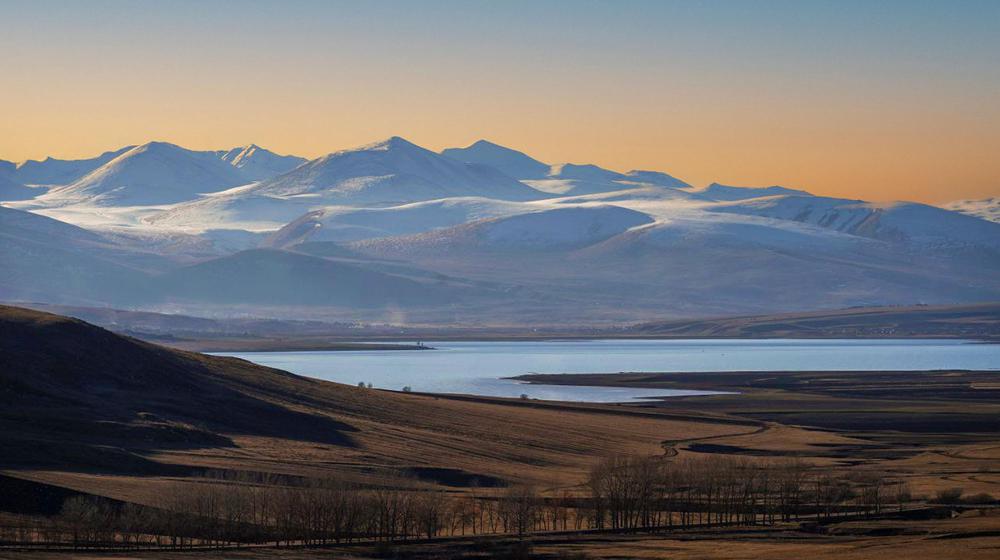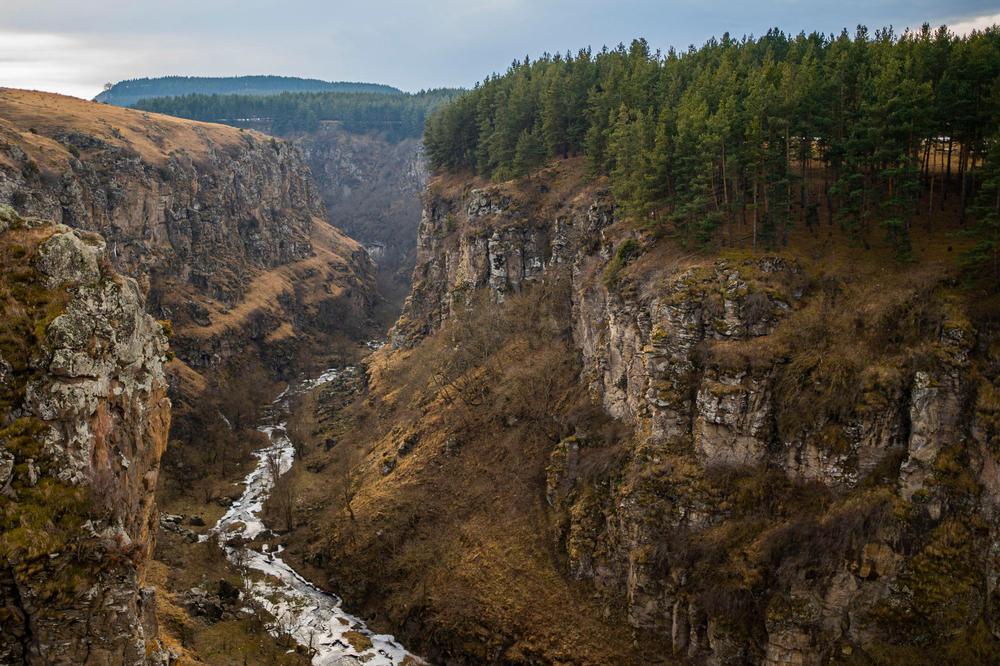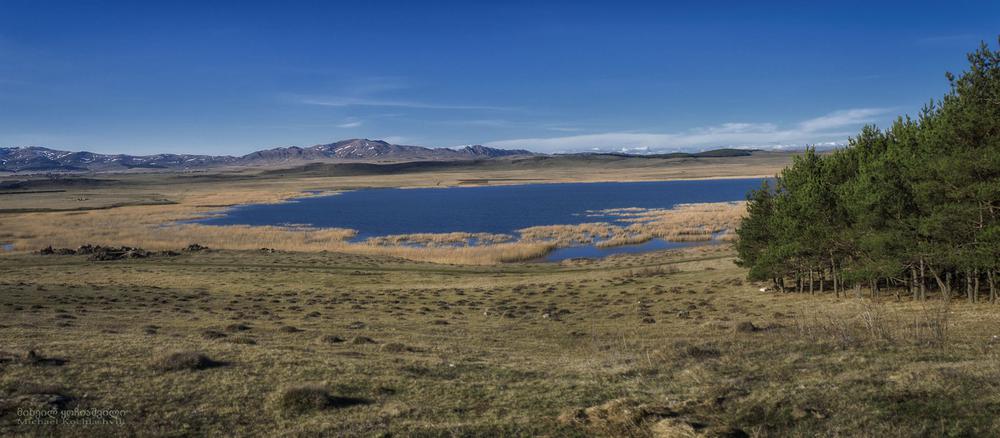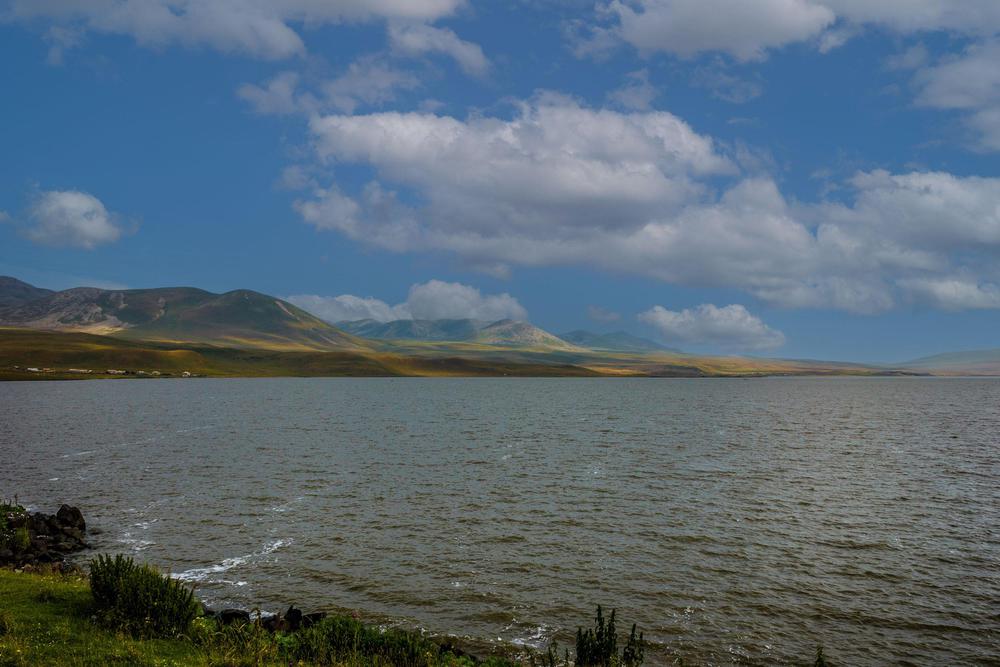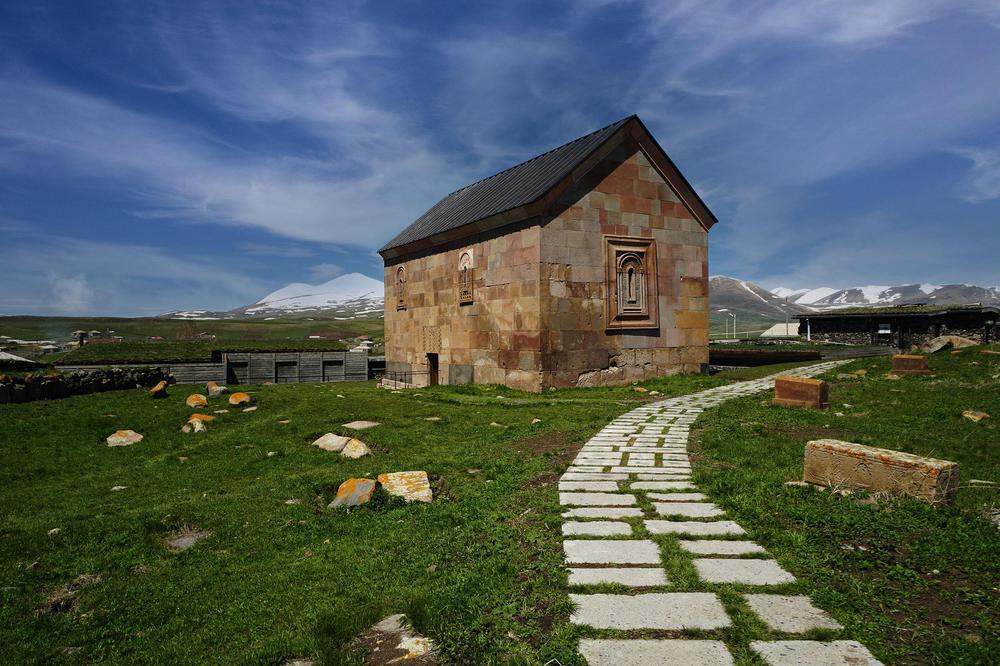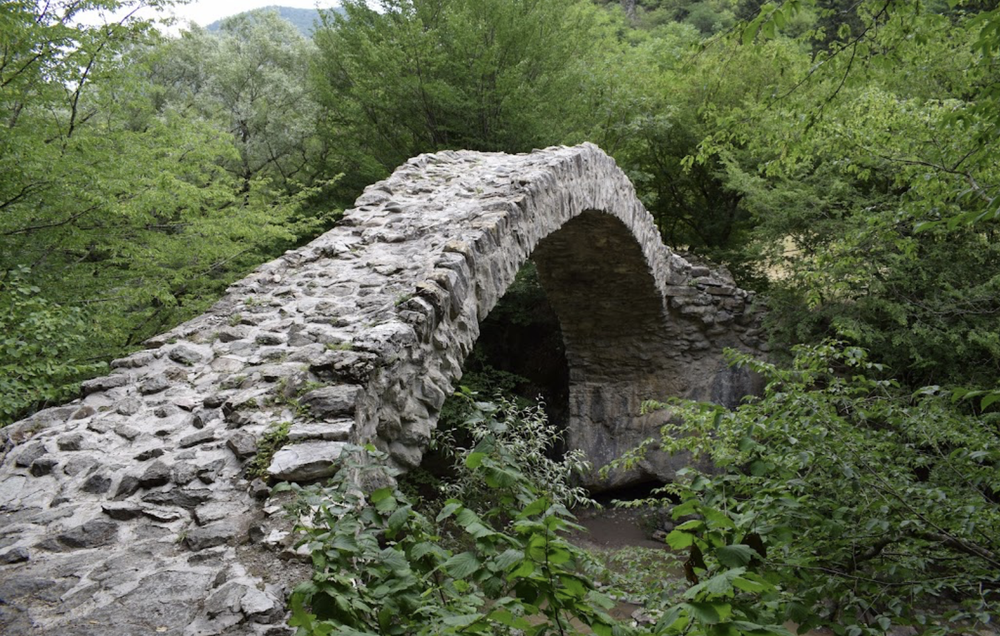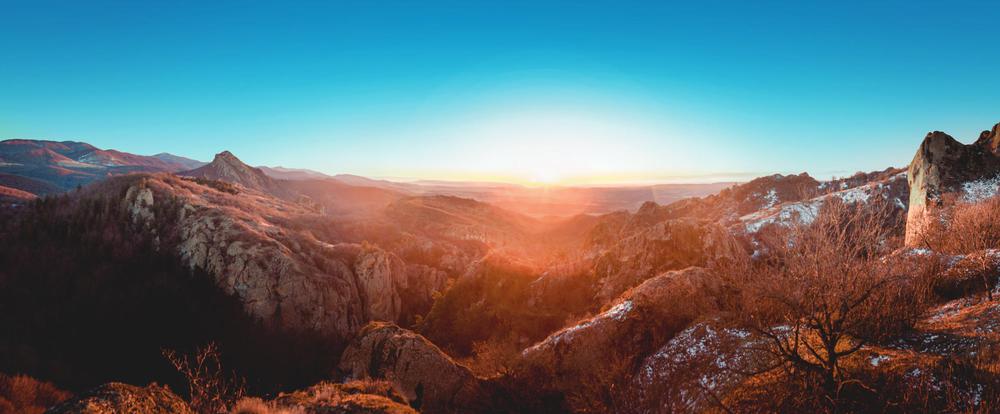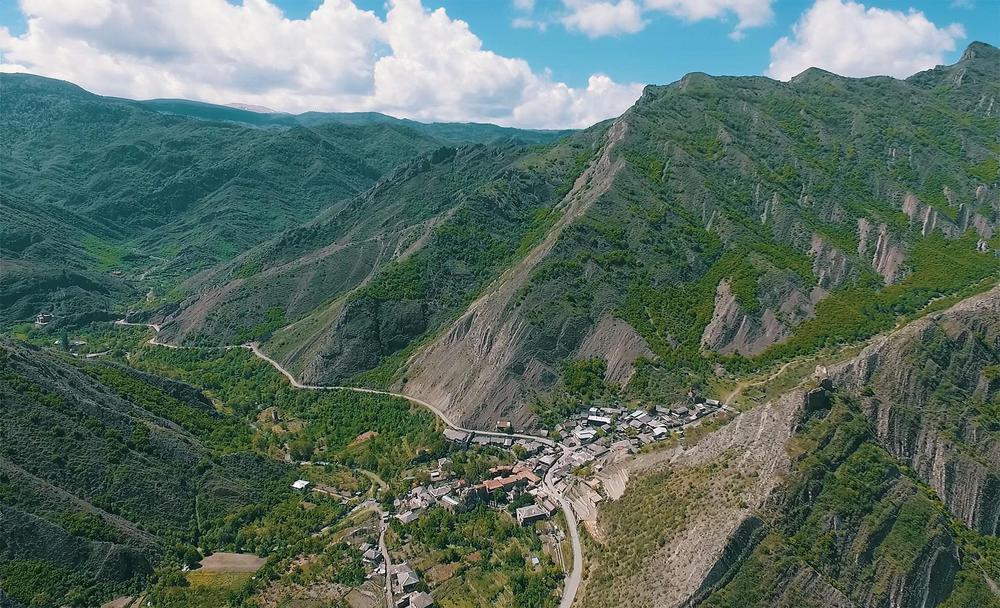Carved into the rugged landscapes of Eastern Georgia, Khrami Gorge stands as a testament to nature's artistry, intertwining rich history, geology, and an aura of mystique. With the Ktsia River serenely meandering through rocky terrains at its source, it transforms into the Khrami River upon reaching the expanse of the Tsalka Reserve. The name 'Khrami,' translating to “a rocky, deep place,” encapsulates the essence of this natural monument.
Situated within the confines of the Tetritskaro municipality, the gorge offers more than just scenic views; it is a haven for tourists seeking solace in nature’s embrace, a journey through time with its ancient churches, and an adventure amidst its mystical caves and canyons. The Khrami River, playing a pivotal role in this natural symphony, is primarily sustained by melting snow. In certain stretches, its life-giving waters become a source of irrigation, nurturing the lands it traverses.
As the river carves its way through the landscape, it gives rise to stunning canyons, with Tsalka and Samshvilde standing out as geological bookmarks, chronicling the region’s developmental journey. These canyons are not just visual spectacles; they serve as educational and scientific tourism hubs, inviting curious minds to delve into the secrets they hold.
The gorge’s tapestry is further enriched by its cultural and historical significance. Near the village of Dagheti, explorers can find the “Muguti Caves,” a labyrinth of 26 caves predominantly from the Late Bronze Age, each telling silent tales of the times long past. Adding to the gorge’s allure is the Tsalka Reservoir, built upon the Khrami River. Renowned for its fishing tournaments, it provides a unique blend of recreation and natural beauty.
Tracing the river's journey, one discovers its inception in the slopes of the Trialeti Range, flowing steadfastly through deep gorges, a testament to the erosive power of time and nature. Despite the harsh winters, the Khrami does not yield to the ice, maintaining its flow throughout the year. Agriculture in its lower regions flourishes, thanks to the river’s irrigational support.
The tributaries Debeda and Mashavera, joining from the right, complete the river’s network, contributing to its vitality and its role in shaping the landscapes of the Kvemo Kartli and Tetritskaro municipalities. In the upper stretches, the river retains its original name, Ktsia, a whisper from the past, linking the present to the geological and cultural narratives embedded in the very fabric of Khrami Gorge.

